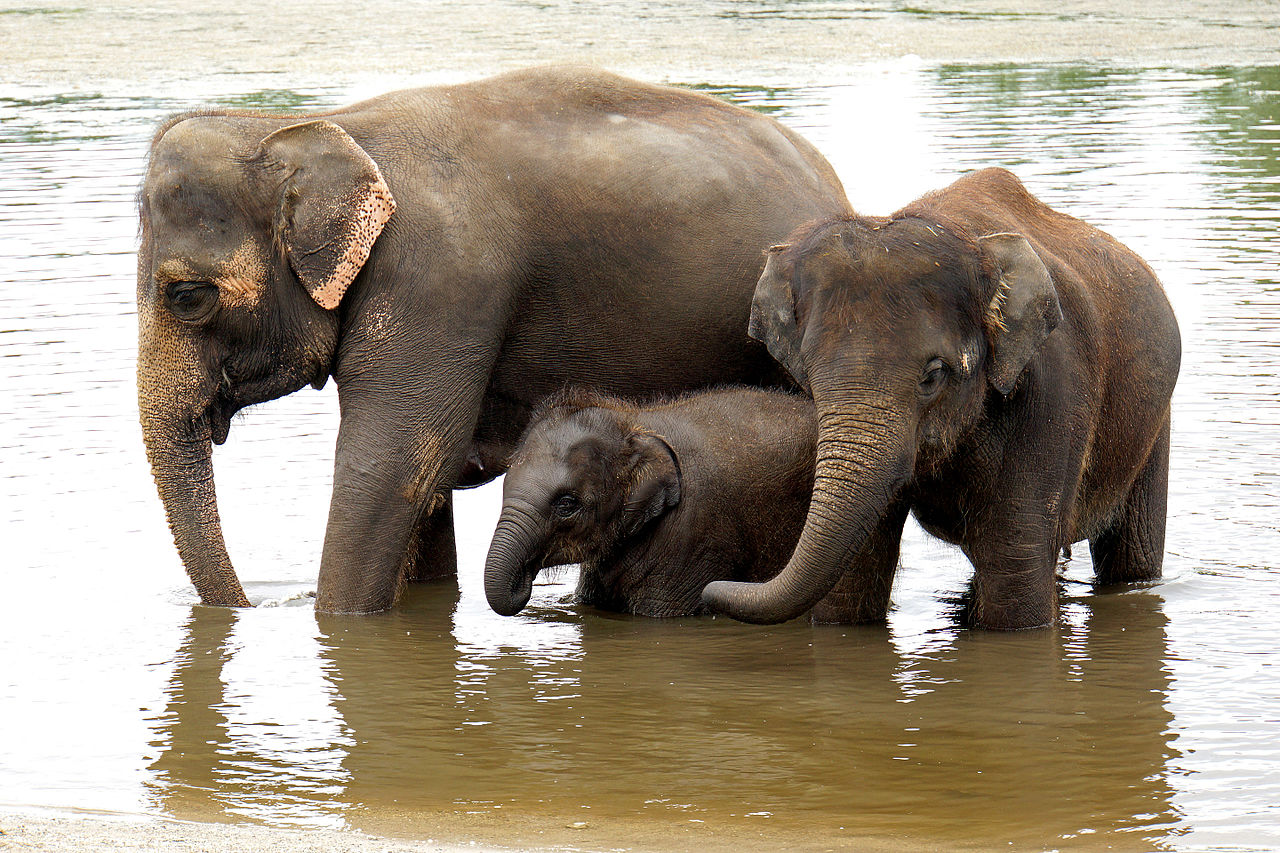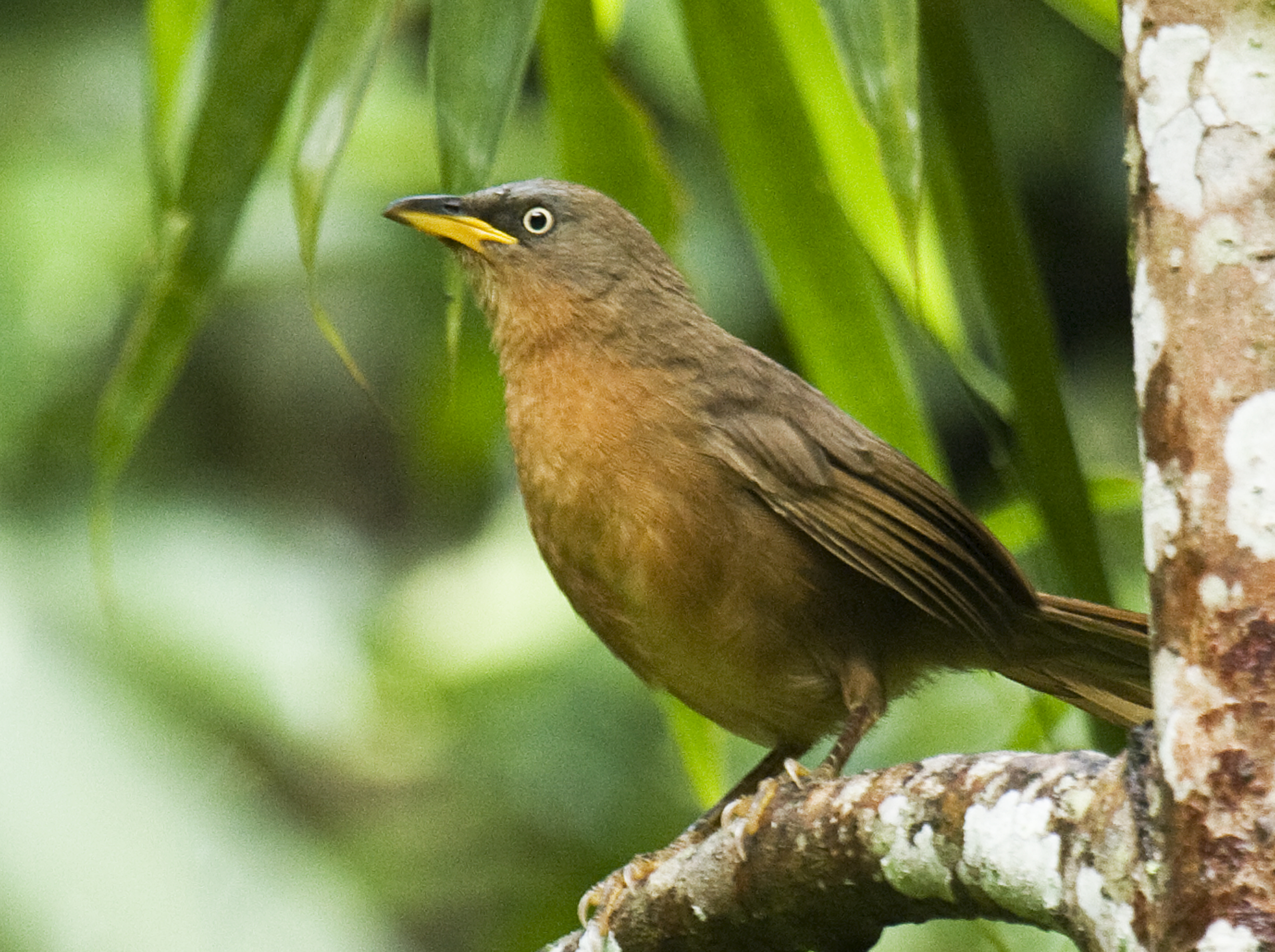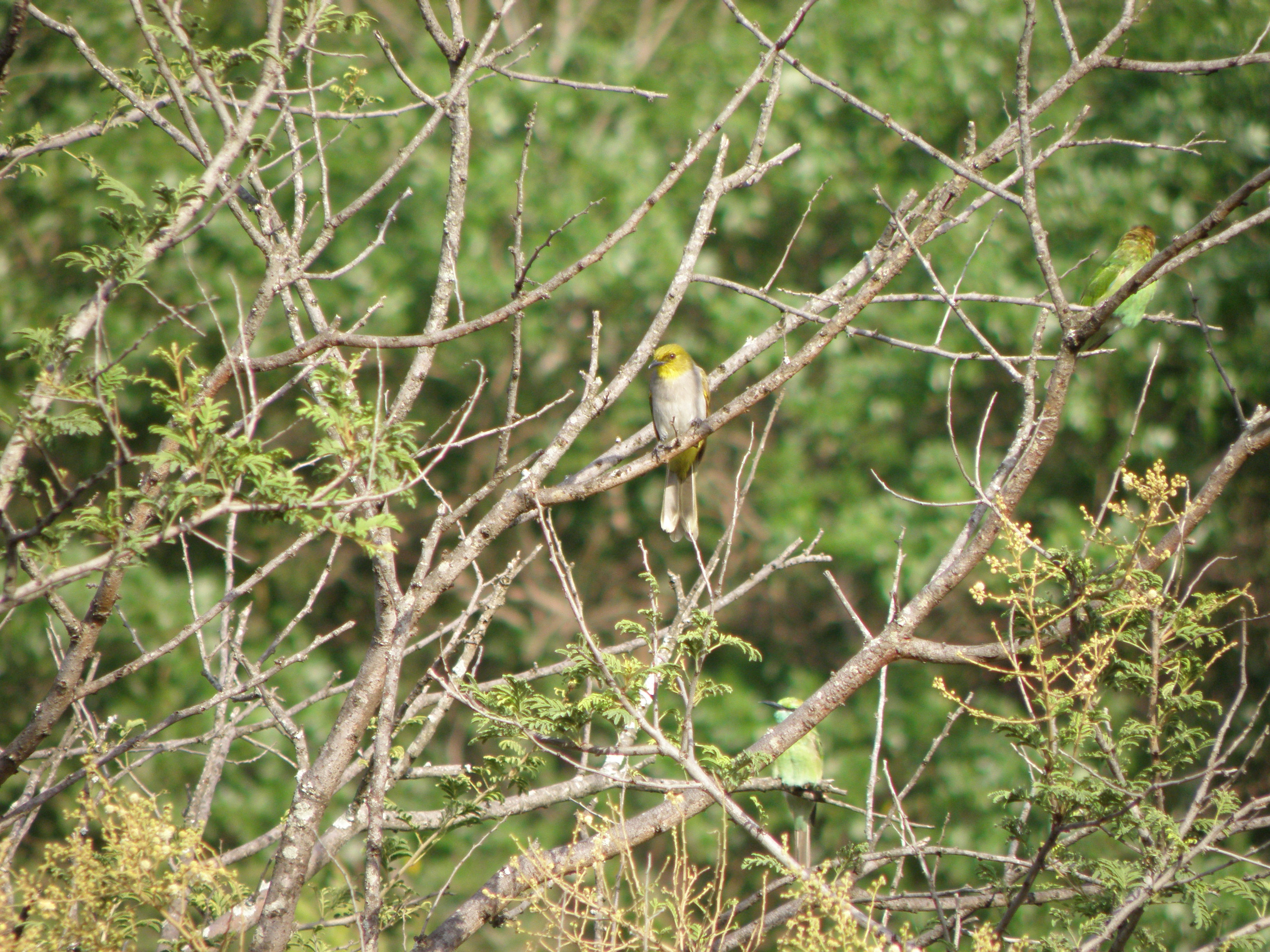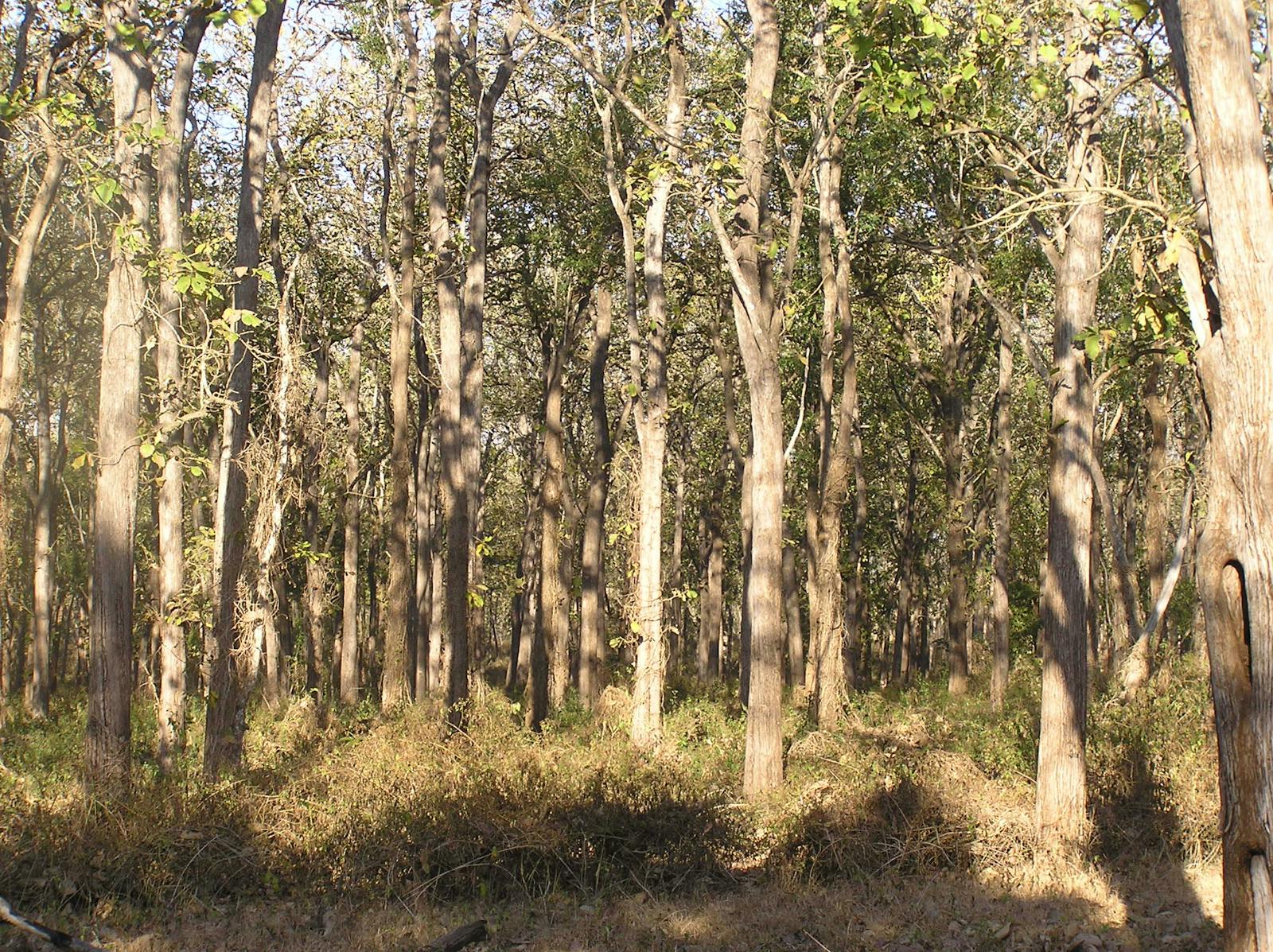South Deccan Plateau Dry Deciduous Forests
The ecoregion’s land area is provided in units of 1,000 hectares. The protection goal is the Global Safety Net (GSN1) area for the given ecoregion. The protection level indicates the percentage of the GSN goal that is currently protected on a scale of 0-10.
Bioregion: Greater Deccan-Sri Lankan Forests & Drylands (IM8)
Realm: Indomalaya
Ecoregion Size (1000 ha):
8,243
Ecoregion ID:
298
Conservation Target:
12%
Protection Level:
8
States: India
This ecoregion provides landscape-scale habitat for the largest Asian elephant population in the world. The 12,000 km2 Brahmagiri-Nilgiri-Eastern Ghats Elephant Range extends from the adjacent moist deciduous forest ecoregion, along the foothills of the Western Ghats mountains, deep into the heart of this South Deccan Plateau Dry Deciduous Forests ecoregion to provide connected, continuous habitat for an estimated 6,300 elephants.
The ecoregion represents the expanse of tropical dry forests in the southern parts of the Deccan Plateau, in the rain shadow cast by the Western Ghats Mountains. The faunal and floral links of the Deccan to the ancient, southern supercontinent, Gondwanaland, are evident here by the presence of several relict species with biological links to Africa and Madagascar.

The flagship species of the South Deccan Plateau Dry Deciduous Forests ecoregion is the Asian elephant. Image credit: Creative Commons
The ecoregion’s vegetation is highly influenced by climate. The winds that traverse the west-coast mountains and continue eastwards across the Deccan are hot and dry, and desiccate the landscape. Annual rainfall can range from 900 to 1,500 mm, depending on the undulating terrain that influence the rainshadow. Summer months are stifling, with temperatures rising to over 40°C.
The dry deciduous forests are flanked by moist deciduous forests along the mountain foothills to the west, and by thorn scrub to the east. Thus, this ecoregion probably represents a moisture gradient from west to east. Intact forests have three distinct layers, with the upper canopy at 15–25 m, draped in lianas. The vegetation is characterized by species of Terminalia, Albizia, Cassia, Dalbergia, Stereospermum, Pterocarpus, Shorea, and Diospyros, among others.

Sandlewood leaf. Image credit: Creative Commons
Indian sandalwood, Santalum album, which is a valuable tree has been selectively removed from most forests. Considered to be the second most expensive wood in the world, the highly coveted sandalwood has been exploited and traded since ancient times for a multitude of purposes. The fragrant wood is used to make trinkets and carvings, including statues of religious figures. The oil, extracted from the heartwood, is used for fragrance and as folk medicines to treat various illnesses from colds and bronchitis, to skin disorders, heart ailments, urinary tract infections, and liver and gall bladder maladies.

Asian elephant. Image credit: Wikimedia Commons
Overall, the ecoregion supports over 75 mammal species. Although not high in species richness or endemism relative to rainforests, this ecoregion harbors important populations of large, threatened species that are fast disappearing from Asia. In addition to the important elephant population, the ecoregion also supports important tiger, wild dog, sloth bear, chousingha, and gaur populations.
The birds consists of about 260 species, including the Indian bustard and lesser florican that are both globally threatened and warrant conservation attention.

Rufous babbler. Image credit: Creative Commons
Over 80% of the ecoregion’s natural forests have been cleared, but some contiguous forests remain, now included within the elephant conservation landscape. There are 7 protected areas, but their coverage is inadequate to represent the biodiversity and conservation needs, especially to conserve the large, space-requiring species. Conversion of forests to cash crop plantations, fuelwood collection, and overgrazing by large herds of cattle are the major continuing threats. Poaching remains a major threat.
Thus, the priority conservation actions are to: 1) develop land-use plans to prevent unplanned and unregulated forest clearing for better ecological connectivity; 2) identify and manage conservation areas that provide additional core habitat and corridors; and 3) integrate non-traditional conservation areas and forests into the protected area network.

Yellow-throated bulbul. Image credit: V Santrharam, Creative Commons
Citations
1. Wikramanayake, E, E. Dinerstein, et al. 2002. Terrestrial Ecoregions of the Indo-Pacific: A Conservation Assessment. Island Press.
2. Sukumar, R. and Easa, P.S., 2006. Elephant conservation in South India: issues and recommendations. Gajah, 25, pp.71-86.
3. Sukumaran, S., Jeeva, S., Raj, A.D.S. and Kannan, D., 2008. Floristic diversity, conservation status and economic value of miniature sacred groves in Kanyakumari district, Tamil Nadu, Southern Peninsular India. Turkish Journal of Botany, 32(3), pp.185-199.



